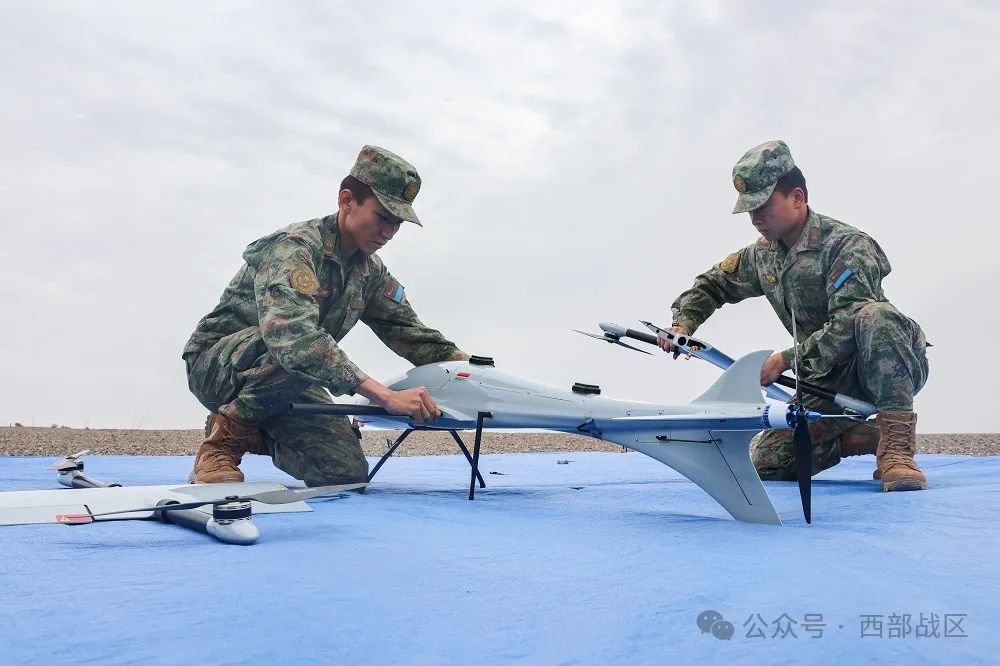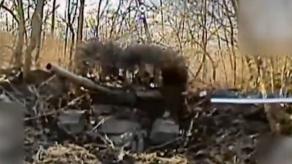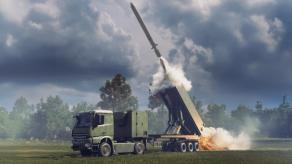The lessons of the war in Ukraine are being thoroughly studied not in NATO alone but all over the world. While the United States Army drew its own conclusions and began to create UAV platoons based on the Ukrainian warfare experience, much less is known about China's takeaways.
That is despite Beijing having definitely been very invested in studying the lessons of both Ukrainian and russian armed forces, Defense One assures. Contrary to the expectations of most obvious angles of study, like the impact that cheap and disposable drones have brought to the modern battlefield, China's scope of innovation is much broader and permeates all levels of warfare, from tactical to strategic. No less notable is the Chinese approach to integrating these novelties.
Read more: US Found Drone Development Blunders Fixed Thanks to Ukraine's Experience

To begin with, yes, the Chinese generals have certainly become more interested in cheap drones for military use. Not just in short-range FPV drones but long-range loitering munitions like Shahed-131/136 as well.
These capabilities will be topped by other cheap multirole drones with reconnaissance and long-range attack functions, even equipped with autonomous operating modes to carry on with the mission under EW suppression. Developing these solutions is the aim of a nationwide competition announced by the Chinese Air Force in November.
The task is to submit six drone models for competitive testing: the product must be able to detect a target and distinguish it from a false one under a denied environment, i.e. electronic warfare interference, in field conditions, and commence attack. The evaluation depends 70% on technological solutions, and 30% on the price factor. The three best offers will be included in the procurement catalog of the Ministry of Defense.
Moreover, China understands perfectly well that their production base and ultra-cheap UAVs of various types and roles are a key asymmetric advantage on strategic level. If Ukraine manages to skyrocket the production rates, aiming to produce several million drones in 2025, one can only imagine how many Chinese factories could produce if it went all in on cost-effective military drone manufacturing.

In addition, the Chinese Ministry of Defense is shifting towards "intelligentized warfare" to create unified automated systems for commanding troops and equipment using elements of artificial intelligence. It is also a strategic choice, as became clear after in April 2024, the Chinese MoD reformed the Strategic Support Force and divided them into three separate ones: Aerospace Force (in fact, just space forces, separate from the Air Force), Cyberspace Force, and and Information Support Force. The latter is supposed to create and maintain military data exchange networks.
China also learns from russia's experience, adopting solutions against Western high-precision weapons through the widespread use of electronic warfare systems. Seeing the performance of tanks on the battlefield, on top of copying slat armor solutions for improving anti-drone protection, the Chinese consider equipping tanks with UAVs to upgrade situational awareness of the crew. Ground drones for logistics support and mini-drones for the infantry are also being developed.
That said, combining a 120mm mortar with a digital fire system and equipment that detects and points the direction of enemy drone operators into one computer is an original Chinese concept. Though against all mentioned above, it demonstrates the difference in practical experience implementing such systems.
Read more: The Atesh Partisan Group Spotted Chinese Buggies En Route to Kursk














